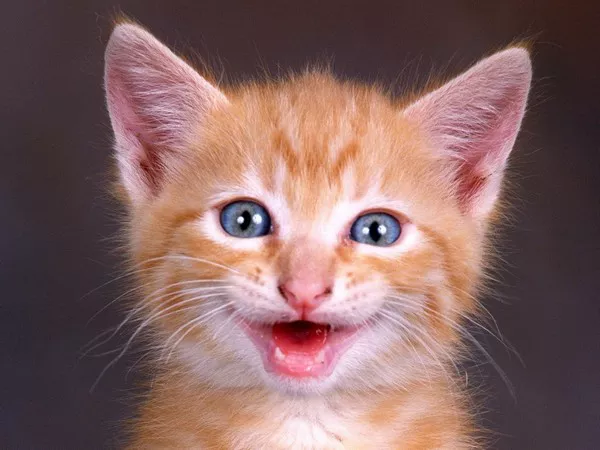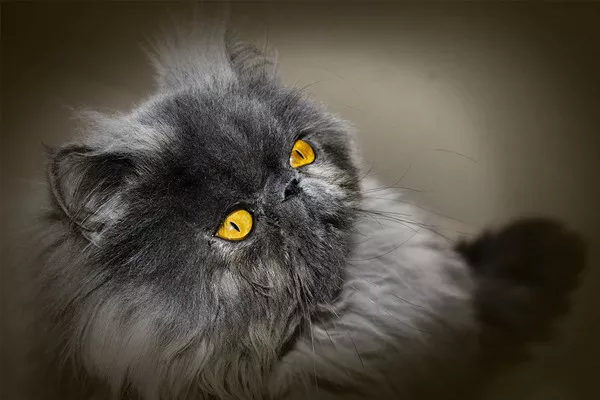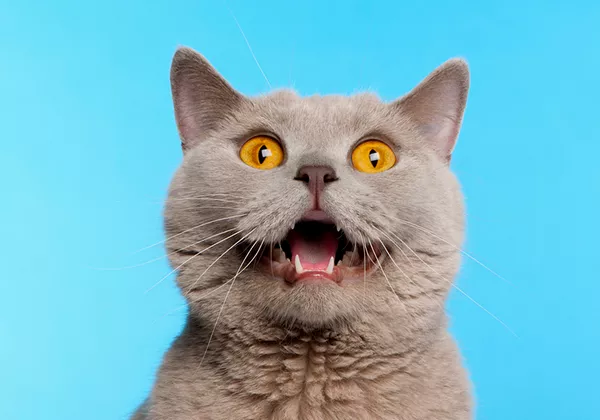Cats are beloved pets that bring joy and companionship to millions of households worldwide. As responsible pet owners, providing the best nutrition for our feline friends is paramount to their health and well-being. One common debate among cat owners is whether wet food or dry food is better for their cats. In this comprehensive guide, we will explore the benefits and drawbacks of both options to help you make an informed decision about your cat’s diet.
Choosing the right type of food for your cat is crucial for their overall health, as nutrition plays a vital role in their longevity and quality of life. Wet food and dry food each have their own set of advantages and disadvantages, and the decision ultimately depends on various factors, including your cat’s age, health status, and individual preferences.
Wet Food: Pros and Cons
Wet cat food, also known as canned food, typically contains higher moisture content compared to dry food. Here are some of the pros and cons of feeding your cat wet food:
Pros:
Hydration: Wet food provides cats with additional moisture, which can be beneficial for maintaining proper hydration, especially for cats that don’t drink enough water.
Palatability: Many cats find wet food more palatable due to its texture and aroma, making it an excellent option for picky eaters or cats with dental issues.
Nutritional Content: High-quality wet cat foods often contain a balanced mix of proteins, fats, and carbohydrates, along with essential vitamins and minerals to support overall health.
Urinary Health: The increased moisture content in wet food can help promote urinary tract health and reduce the risk of urinary issues such as urinary crystals or blockages.
Cons:
Cost: Wet cat food tends to be more expensive per serving compared to dry food, which can put a strain on your pet care budget, especially for households with multiple cats.
Storage and Shelf Life: Canned wet food has a shorter shelf life once opened and must be refrigerated to prevent spoilage. It may not be as convenient for pet owners who prefer to free-feed their cats throughout the day.
Dental Health: Some experts argue that wet food may contribute to dental issues such as plaque and tartar buildup, as it does not provide the same abrasive action on teeth as dry kibble.
Dry Food: Pros and Cons
Dry cat food, also known as kibble, is a popular choice among pet owners for its convenience and long shelf life. Here are the pros and cons of feeding your cat dry food:
Pros:
Convenience: Dry cat food is easy to store, handle, and portion out, making it a convenient option for busy pet owners or those with multiple cats.
Dental Health: Some dry cat foods are specifically formulated to promote dental health by reducing plaque and tartar buildup through mechanical abrasion on the teeth.
Cost-Effective: Dry food tends to be more affordable per serving compared to wet food, making it a budget-friendly option for cat owners on a tight budget.
Nutritional Value: High-quality dry cat foods contain a balanced mix of nutrients, including protein, fat, carbohydrates, vitamins, and minerals, to support optimal feline health.
Cons:
Dehydration: Dry cat food has lower moisture content compared to wet food, which may contribute to dehydration, especially in cats that do not drink enough water.
Palatability: Some cats may find dry food less appealing due to its texture and taste, leading to decreased food intake and potential nutritional deficiencies.
Digestibility: Dry cat food may be less digestible for some cats, particularly those with digestive sensitivities or underlying health conditions, leading to gastrointestinal issues such as vomiting or diarrhea.
Weight Management: The higher carbohydrate content in dry cat food may contribute to weight gain and obesity in some cats, especially if portion sizes are not carefully controlled.
See Also: Top 5 Wet Food Options for Ragdoll Cats
Conclusion
In conclusion, both wet food and dry food can be suitable options for feeding your cat, depending on their individual needs and preferences. Wet food offers higher moisture content, palatability, and urinary tract health benefits, but it can be more expensive and less convenient to store. On the other hand, dry food is convenient, cost-effective, and promotes dental health, but it may contribute to dehydration and digestive issues in some cats.
Ultimately, the best approach is to provide a balanced diet that meets your cat’s nutritional requirements while taking into account their age, health status, and dietary preferences. Consulting with your veterinarian can help you make an informed decision and ensure that your cat receives the best possible nutrition for a happy and healthy life.



























